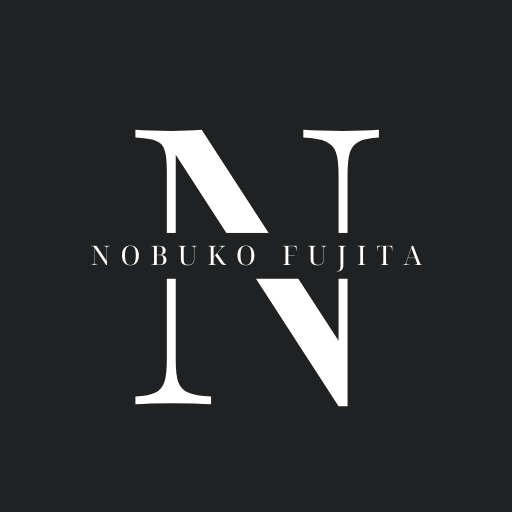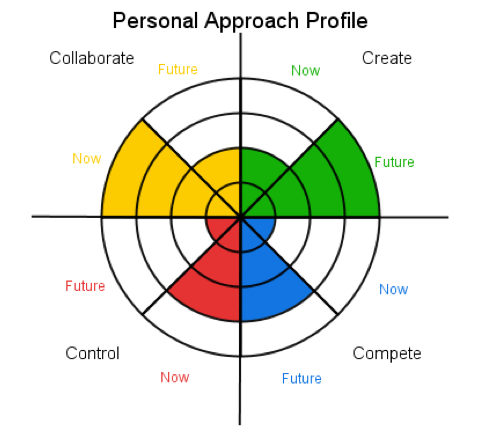Dr. Martha Reavley, Natalie Yun and I are collaborating on a research project investigating the use of ePortfolios for personal leadership development and in the MBA program at the Odette School of Business. Students have begun to post entries on their WordPress ePortfolios as part of the assessment criteria for the Interpersonal Dynamics course.
It was a pleasure for me to teach the MBA students last Friday, Oct. 25, 2013. They are a great group! Walking into the MBA classroom is quite a different experience from the BEd and MEd classrooms that I teach in the Education Building. A bit like walking into the show, the Dragon’s Den. Everyone is dressed in a suit and looks very professional. No jeans or sweatpants here. Each student has name plates–and I don’t mean the paper variety–on their desk. There are students with graduate degrees already–some master’s degrees, a MD, and a PhD.
Still, I have presented in front of lots of PhDs and even MDs before. I am very familiar with the technology and the pedagogy, having blogged for almost a decade using various platforms (177 posts including this one!) and having worked closely with Wendy Freeman and Clare Brett on the GRAIL project. For the MBAs, I presented some background on what ePortfolios are, why they should use them, and then demonstrated how they can set up their ePortfolios so they can post their first entry, entitled, “The Competing Values Framework: How can I use the Competing Values Framework (CVF) to strengthen my authentic leadership.”
As students emailed me the URLs for their ePortfolios over the weekend, I recalled that I had completed an online CVF assessment for myself sometime ago. I thought I’d share some reflections on my results and how that related to my notions of authentic leadership (see my personal approach profile below).
Not surprisingly, I am currently mostly green and yellow. I tend to “create” and “collaborate” more than I “compete” or “control.” Without having completed the CVF assessment, I knew this about myself. After all, my research interests include computer-supported collaborative learning (CSCL) and creativity and innovation are key aspects of knowledge building theory, pedagogy, and pedagogy.
The CVF profile offers a diagnostic visual of your team or organizational unit. Organizations that have alignment between the three CVF dimensions of Desired Outcomes, Team Practices, and Personal Approach have been found to be more effective (Cameron, Quinn, DeGraff, & Thakor, 2005).
When I filled out the online CVF assessment, I tried to answer the questions truthfully in the context of my role as a co-founder of Problemshift Inc., a small business in Windsor, Ontario (Canada) that specializes in the research, design and development of analytics-driven technology. Our clients are primarily university researchers. My co-founder, Dr. Chris Teplovs, is the CTO. My intuition tells me that his profile is not very different from mine. We have a history of collaborating effectively on leading-edge research projects. We have complementary skill sets, are necessarily competitive, and rely heavily on the expertise of our Chartered Accountant to keep things under control.
What does my personal approach CVF profile mean in terms of my personal leadership development? I do not consider myself an expert in leadership. My research expertise includes CSCL, knowledge building, e-learning, design based research, assessment, social media, and technology integration, among others. However, “development” resonates with me, since development to me means something, usually learning, over time. The CVF stresses my profile “now” and in the “future.” To become a better leader, then, I need to start or do more of the “innovation behaviors” as outlined in my assessment report. Since Problemshift Inc.’s desired outcomes include starting entrepreneurial ventures and spin offs as well as driving for superior returns on investments, I need to start/do more green and blue behaviors. For example, I need to “support people with innovative notions” and “envision ambitious change efforts.” This past week, the CTO was a guest lecturer in my online graduate course in e-learning. We asked the students to imagine the future of e-learning environments. I started thinking “blue-sky scenario” as well. Indeed, this is how the CTO and I began our working relationship several years ago. As the CTO and I already work well together as a team, I can do less of the yellow behaviors. Seeing that neither one of us are very good at the red behaviors, it is a relief to stop worrying about control behaviors for the time being.
How does this relate to authentic leadership? Authentic leaders
demonstrate a passion for their purpose, practice their values consistently, and lead with their hearts as well as their heads. They establish long-term, meaningful relationships and have the self-discipline to get results. They know who they are (George, Sims, McLean, & Mayer, 2007).
It is encouraging to know that there is no single profile of an “ideal” leader, and to learn that through changing some of my current behaviors, I can work towards becoming a more authentic leader in the future if I stay focused and are aware of my strengths and areas needing improvement. I like the emphasis on a growth mindset (Dweck, 2006) rather than fixed one for developing authentic leadership. Regardless of who I am (race, religion, socioeconomic status, nationality, etc.) I can learn to become a leader in whatever sector in which I am situated (academic, for-profit, non-profit, public, etc.). Not that this is easy work by any means. As Dr. Reavley points out, it requires a considerable amount of tenacity to achieve goals to be successful. However, it is still encouraging to know that leadership is not innate, and that I can develop my personal leadership skills to become an authentic leader or champion.


Leave a Reply